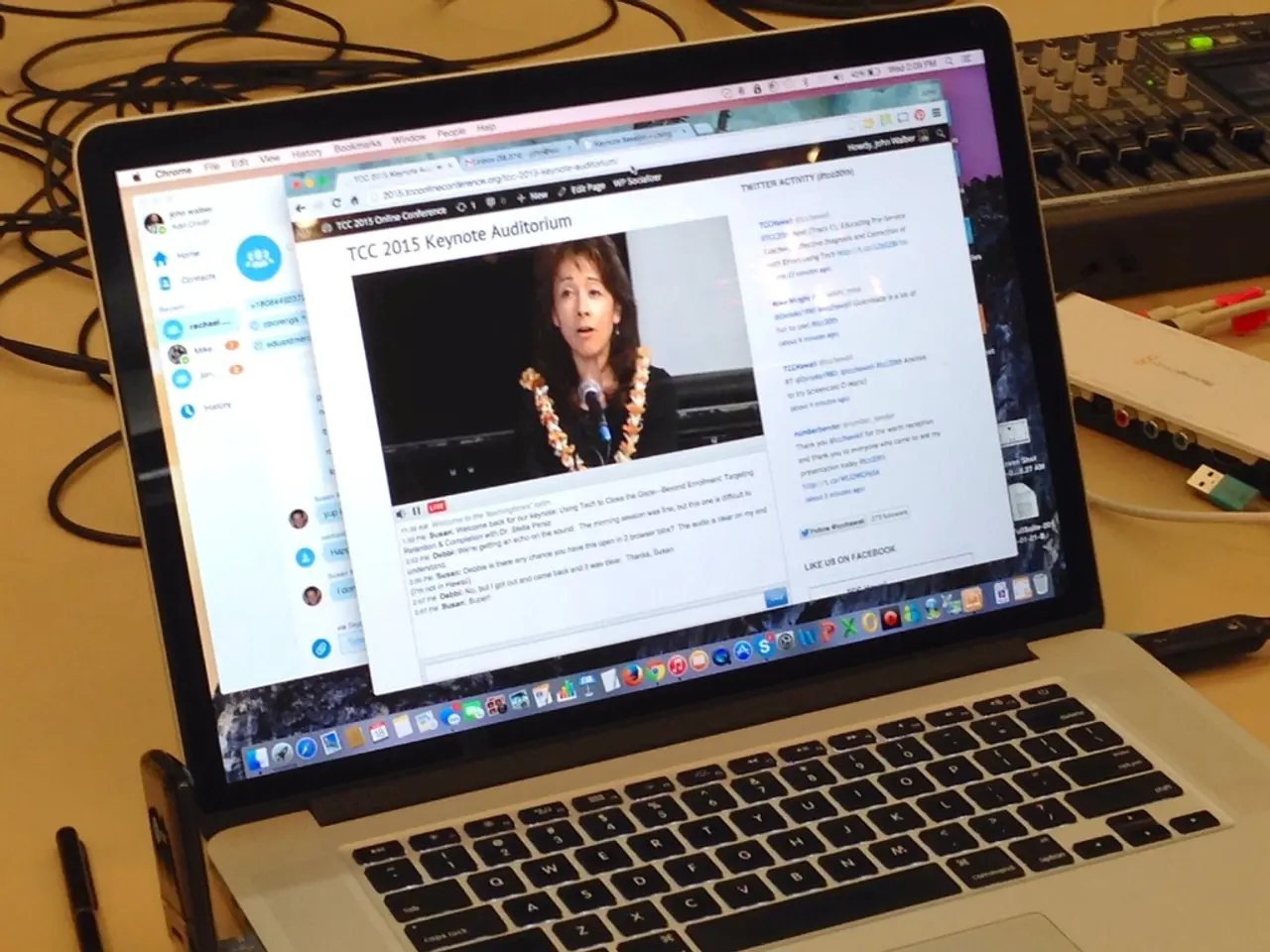Ethereum Organization Facing Controversy: Developer Accuses Hidden Work Group Existence
In the dynamic world of digital assets, the Ethereum Foundation (EF) is making concerted efforts to boost institutional engagement and navigate growth while maintaining community trust. However, recent developments have sparked controversy and raised questions about transparency and governance within the organisation.
Peter Szilagyi, a former EF team member and lead developer for the Geth client, has accused the Foundation of secretly establishing a parallel Geth development unit. Szilagyi claimed to have discovered this alleged team in November 2025, but public sources do not corroborate this claim or provide details on its impact on the original Geth team led by Szilagyi himself.
Recent updates and restructurings around Ethereum clients and scaling teams emphasise collaboration, transparency, and leadership roles with named figures. For instance, the EF appointed Marius van der Wijden, an experienced Geth engineer, as co-lead of its Scale L1 initiative alongside Ansgar Dietrichs and Tim Beiko. This collaboration aims to accelerate scaling efforts, but there is no indication of secretive parallel developments.
Similarly, Nethermind’s PerfNet team supports scaling work, led by Parithosh Jayanthi. These open team structures reflect the current focus on transparency and collaboration, rather than clandestine development pipelines.
Despite the unsubstantiated claim of a secret second Geth team, the original Geth team remains prominently led by Szilagyi, and all major client development in the ecosystem appears to be coordinated openly across known teams. These teams share goals of protocol security, client robustness, and scaling.
The Ethereum Foundation's initiatives aim to invigorate interest in the broader Ethereum network and its underlying blockchain protocol. However, the internal revelations from a key developer highlight complex challenges of governance and oversight within foundational organisations in the digital asset space.
Szilagyi's accusations also include claims of the EF undermining the Geth development team, suggesting reductions in developers' compensation, and urging developers to pursue opportunities at other companies. These actions could potentially impact the broader Ethereum network and its underlying blockchain protocol.
The Ethereum Foundation is currently undergoing significant leadership transitions, taking place amidst a rapidly evolving digital asset space. The need for robust transparency and clear communication strategies has never been more important for these influential entities.
[1] Ethereum Foundation Blog: [Link to the blog post] [2] Ethereum Foundation Scale L1 Initiative: [Link to the initiative] [3] Nethermind PerfNet Team: [Link to the team's information] [4] Szilagyi's Accusations: [Link to the original source of the accusations] [5] Nethermind's PerfNet Team on GitHub: [Link to the team's GitHub repository]
- The controversy over the Ethereum Foundation's alleged secret parallel Geth development team raises questions about the transparency and governance in digital asset foundations, particularly in light of Szilagyi's accusations.
- As the Ethereum Foundation navigates through the revelations made by a former team member, it becomes critical for them to emphasize transparency and clear communication strategies amidst rapidly evolving technology and finance landscapes.
- Despite the unproven claim of a secret second Geth team, it is evident that the Ethereum blockchain technology continues to thrive with collaboration and shared goals among various development teams focused on protocol security, client robustness, and scaling.




